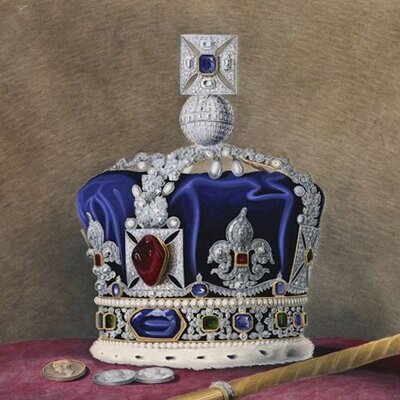Styles of Victorian Period Jewelry
The six decades that encapsulated the Victorian Era are best known for the economic and industrial progress that sent the world into its modern age.
Fashion and jewelry, in particular, became more evolved with new styles and technology, led by the namesake of this era: Queen Victoria of England.
Highlights of the Victorian Period
Romanticism
The fashions of the first part of the Victorian era reflected the young queen’s early reign and her love for her spouse, Prince Albert. The public loved the couple and Queen Victoria was devoted to her husband, and her style reflected it. Popular jewelry motifs during the 1840s-1860s were romantic styles like flowers, hearts, animals, and the natural world. Art and style from the medieval period (1100-1500) were seeing a revival during this period as well, with the public romanticizing the chivalrous stories of King Arthur and the Knights of the Round Table.
High Victorian Period / Grand Period
This period, starting in 1860, began with the death of Prince Albert. His death not only devastated Queen Victorian, but also the entirety of the English public. Queen Victoria is known for dressing in black mourning clothing for the rest of her life until her death in 1901. Mourning jewelry, made with black gemstones such as jet and onyx, rose in popularity as the public’s obsession with mourning death reached an all-time high.
Aesthetic Period
This period, starting in 1885, symbolized an evolution from the heavy darkness of the Grand period. Due to the Industrial Revolution, jewelry in precious metals were being made at a higher rate than ever, making fine jewelry more accessible to the general public. Due to colonization and globalization, Eastern motifs from China and Japan became popular. The Art Nouveau movement, originating in France, soon became the forefront of the arts and design industry.
Sources:







